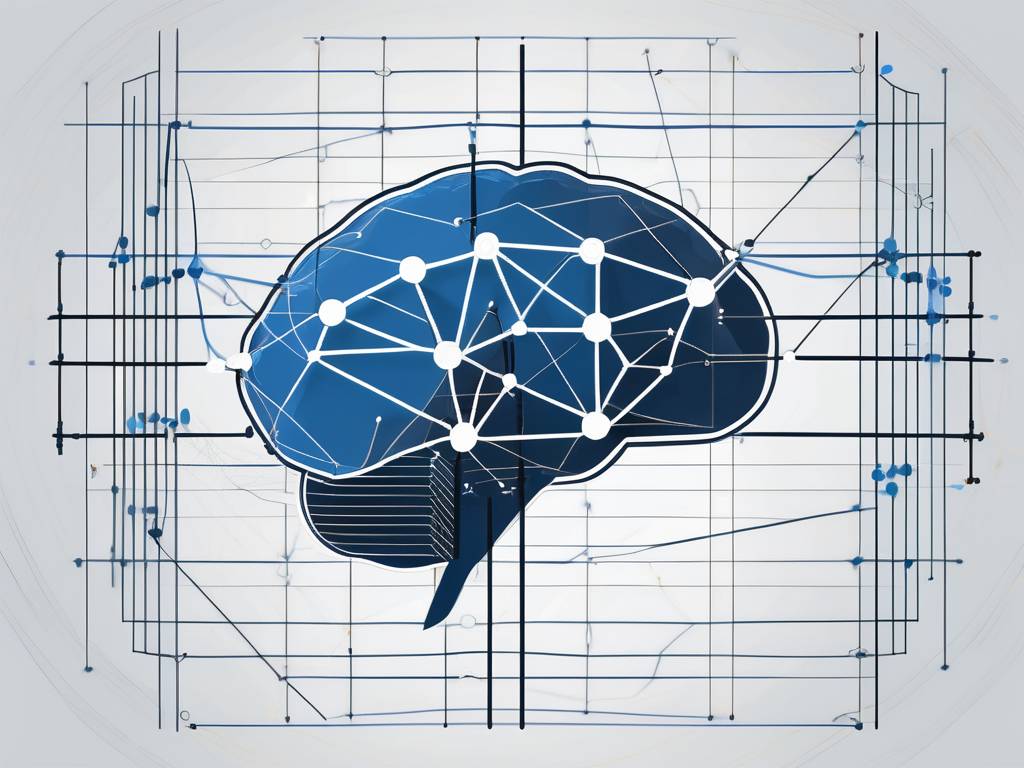Data Mining: Machine Learning Explained
Key Insights
- Data mining focuses on extracting data from various sources and transforming it into a format that is suitable for analysis
- Using machine learning algorithms and statistical methods, data mining identifies patterns, correlations, and trends within data
- Ensuring high-quality data is crucial for accurate and reliable data mining outcomes
- Protecting the privacy of individuals and sensitive information is a major concern in data mining
With the advent of AI, data mining has taken on new dimensions, becoming a crucial tool for predictive analytics, decision-making, and strategic planning in various industries. This article will delve into the intricate world of data mining, breaking down its core components, techniques, applications, and challenges.
Understanding Data Mining
Data mining, a critical component of artificial intelligence (AI), is a multifaceted field that involves the extraction of patterns, information, and knowledge from large volumes of data. It’s a discipline that intersects with data science, machine learning, and database systems, and it’s essential for making sense of the vast amounts of data generated in our digital world.
Despite the fact that data mining is a relatively new term, the technology is not. Companies have used powerful computers to sift through volumes of supermarket scanner data and analyze market research reports for years. However, continuous innovations in computer processing power, disk storage, and statistical software are dramatically increasing the accuracy of analysis.
Components of Data Mining
The data mining process involves several key components. First, there’s the database system, which stores the data to be mined. This could be a relational database, a data warehouse, or even a simple file system. The database system is responsible for managing and maintaining the data, ensuring its integrity, and providing an interface for data retrieval and manipulation.
Then, there’s the data mining engine, which is the core component that executes the data mining process. It employs machine learning methods and techniques for pattern discovery and recognition, such as clustering, classification, regression, association rule learning, and anomaly detection. This engine generates the patterns and insights that form the output of the data mining process.
Stages in the Data Mining Process
Data mining is a multi-step process that requires careful planning and execution. The first step is understanding the business and the data. This involves identifying the business problem to be solved, understanding the data available, and defining the goals of the data mining project.
The next step is data preparation, which involves cleaning the data, handling missing values, and transforming the data into a suitable format for mining. This is followed by data exploration, where statistical techniques are used to understand the data, identify patterns, and establish relationships between variables.
After exploration, data analysis is performed to provide meaningful insights for informed decision-making and strategic planning, with data visualization techniques employed to present these insights in a clear and impactful manner.
Role of Artificial Intelligence in Data Mining
Artificial intelligence plays a significant role in data mining by automating the data mining process, reducing the time and effort required to extract valuable information from data. This is particularly important in today’s data-driven world, where businesses and organizations are dealing with increasingly large and complex data sets.
Machine Learning in Data Mining
Machine learning, a subset of AI, is a pivotal technique used in data mining. Machine learning algorithms analyze example inputs to learn patterns and relationships within the data. By learning from these patterns, the algorithms can make predictions or decisions when presented with new, unseen data. This capability makes them ideal for data mining, where the objective is to uncover hidden patterns, insights, and make predictions from large datasets.
Deep Learning in Data Mining
Deep learning, another subset of AI, is extensively used in data mining. Deep learning involves the use of neural networks with many layers – hence the term ‘deep’. These models can be trained on large amounts of data and automatically extract features for prediction or classification tasks, making deep learning a powerful tool for data mining activities such as image recognition, natural language processing, and anomaly detection. Deep learning models are particularly effective when dealing with unstructured data such as images, text, and audio.
Applications of Data Mining
Data mining has a wide range of applications in AI, from predictive modeling and decision support systems to recommendation engines and anomaly detection. It’s used in a variety of industries, including healthcare, finance, retail, and telecommunications.
Data Mining in Healthcare
In healthcare, data mining is used to predict disease outbreaks and identify risk factors for certain conditions. For example, data mining can be used to analyze electronic health records and identify patterns or trends in patient health, which can then be used to predict disease outbreaks or identify risk factors for certain conditions.
Additionally, data mining can be used to optimize patient care by analyzing data on treatment outcomes, patient satisfaction, and resource utilization. This can help healthcare providers to identify best practices, improve patient outcomes, and reduce costs.
Data Mining in Finance
In the finance sector, data mining is used for a variety of purposes, including detecting fraudulent transactions and optimizing investment strategies.
Additionally, data mining can be used to analyze historical stock market data to identify trends and patterns that can be used to predict future market movements. This can help investors to make more informed investment decisions and potentially improve their returns.
Challenges in Data Mining
Despite its many benefits, data mining also presents several challenges. One of the main challenges is the sheer volume of data that needs to be processed. As the amount of data generated continues to grow, so does the complexity of the data mining process.
Data Quality
Another challenge is data quality, as data mining relies on accurate, high-quality data to produce reliable results. If the data is incomplete, inconsistent, or noisy, it can lead to inaccurate or misleading results.
Ensuring data quality involves data cleaning, data integration, and data transformation. Data cleaning involves identifying and correcting errors in the data, while data integration involves combining data from different sources into a consistent format. Data transformation involves converting the data into a suitable format for mining.
Data Privacy
Data privacy is another major challenge in data mining. As data mining involves analyzing large volumes of data, often including personal or sensitive information, it raises significant privacy concerns. Ensuring that data mining practices comply with privacy laws and regulations, and that personal data is protected, is a critical aspect of data mining.
Techniques such as anonymization and pseudonymization can be used to protect personal data in the data mining process. However, these techniques also have limitations and can impact the quality of the data mining results.
Conclusion
Data mining is a critical component of artificial intelligence, providing the tools and techniques needed to extract valuable insights from large volumes of data. With the help of AI, data mining has become a powerful tool for predictive analytics, decision-making, and strategic planning in various industries.
Despite the challenges, the potential benefits of data mining in AI are immense. By understanding and addressing these challenges, we can harness the power of data mining to drive innovation, improve decision-making, and create value in our data-driven world.
Transform Your Data into Insights With WestLink
Ready to unlock the full potential of your data with cutting-edge artificial intelligence and machine learning solutions? WestLink employs cutting-edge data mining techniques to empower businesses to harness the power of AI. With over 100 satisfied clients and a team of 75+ expert developers, we specialize in turning complex data into actionable insights. Discover how we can help you transform your data into a competitive advantage.
Questions?
- What is data mining, and how does it relate to machine learning?Toggle questionData mining involves discovering patterns and insights from large datasets using machine learning models that can learn from historical data and make predictions or decisions. In essence, data mining is a crucial step in the machine learning process, providing the raw material for training and refining predictive models.
- What are the main techniques used in both data mining and machine learning?Toggle questionData mining and machine learning employ a variety of techniques, including classification, regression, clustering, association rule mining, and anomaly detection. These techniques enable analysts and data scientists to extract valuable information from data and make informed decisions.
- How does data mining benefit businesses?Toggle questionBy leveraging data mining and machine learning techniques, businesses can gain valuable insights into customer behavior, market trends, and operational efficiency. These insights enable companies to make data-driven decisions, optimize processes, personalize customer experiences, and identify new opportunities for growth.
- What industries can benefit from data mining?Toggle questionVirtually every industry can benefit from data mining and machine learning, including retail, finance, healthcare, manufacturing, and telecommunications. Whether it's optimizing supply chains, improving customer satisfaction, or predicting equipment failures, data mining has the potential to drive innovation and competitive advantage across diverse sectors.

 hello@westlink.com
hello@westlink.com  (866) 954-6533
(866) 954-6533  700 N Colorado Blvd,
700 N Colorado Blvd,







Comments